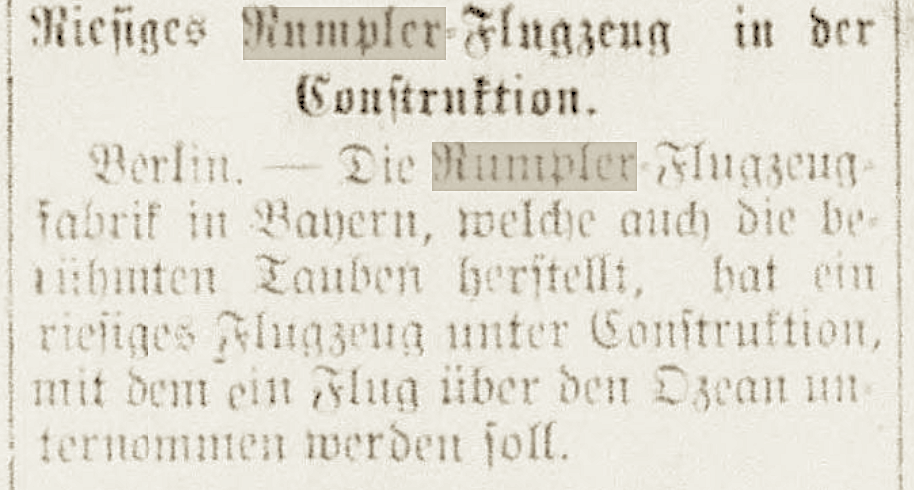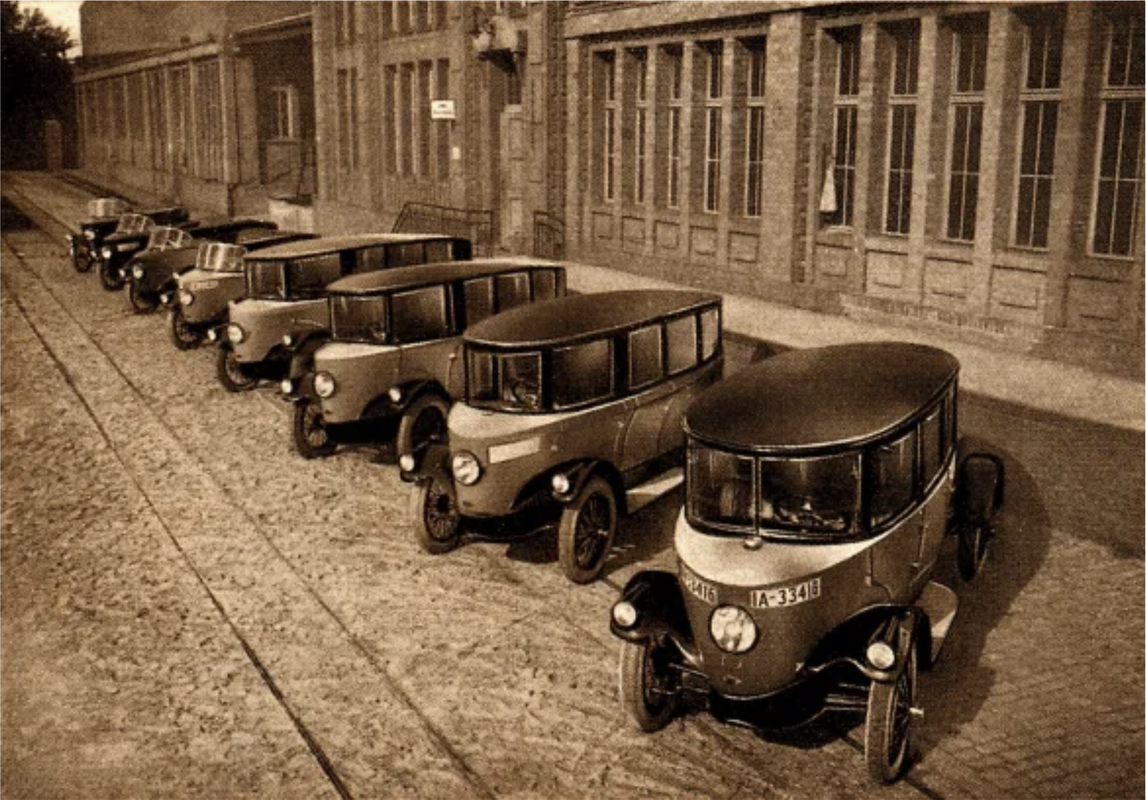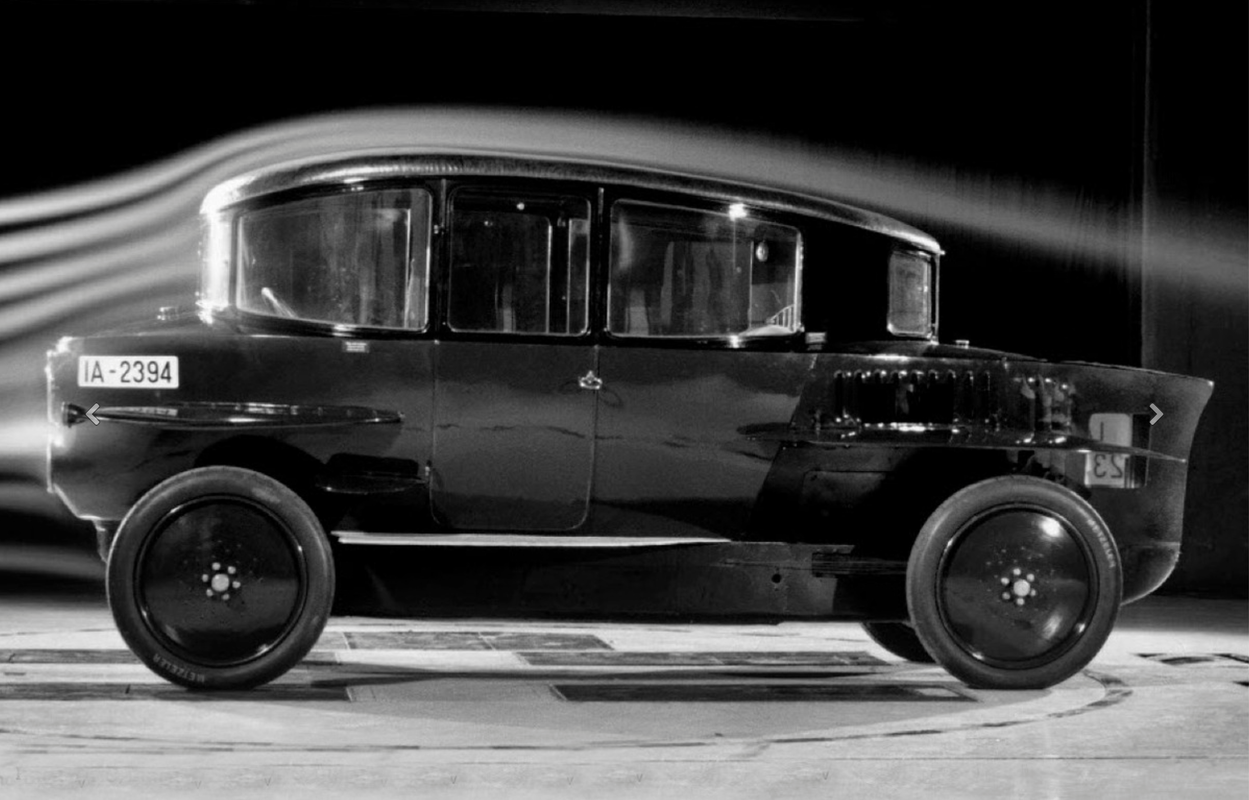Bavarian Big Bird?A vague post-war report from a German-language newspaper in Wisconsin, USA, suggests that
Rumpler-Luftfahrzeugbau GmbH, is building a flying machine capable of transatlantic flight. Loosely translated: "
Berlin. The Rumpler aircraft factory in Bavaria, which also supplies the famous Tauben, has a huge aircraft under construction that will be used to fly across the ocean."
Not sure what the source of this story was but the pending Treaty of Versailles would restrict Germany from manufacturing aircraft. After a failed attempt a automobile manufacturing Rumpler would fall into receivership by 1923... though not before producing their intriguing
Tropfenwagen. If you've ever seen Fritz Lang's classic movie 'Metropolis', you might recognize it! Considered by some sources to be the world's first streamlined production car it clearly was inspired by flight aerodynamics. Rumpler ultimately was acquired by
Bayerische Flugzeugwerke, which would evolve into BMW. The first German airplane to cross the Atlantic (east to west) would be the Junkers W 33
Bremen, nearly a decade later in 1928.
(from Nord Stern, 21 March 1919):


(image via vorkriegs-klassiker-rundschau.blog)

(image via zwischengas.com)
See the
Tropfenwagen in action in this period Pathe newsreel:
https://youtu.be/FoCMB0Ugwls?si=ci81Da_x0cjgv8yL